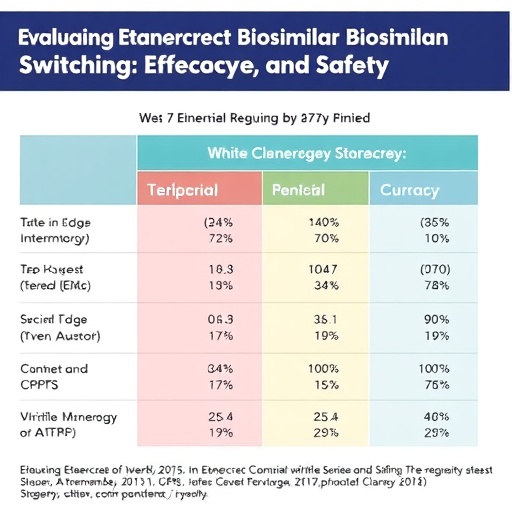Contaminants called polycyclic aromatic hydrocarbons from oil spills can be toxic to wildlife, especially when in combination with ultraviolet radiation from the sun. New research on species native to the Gulf of Mexico indicates that, compared with oil exposure alone, co-exposure to oil and natural sunlight reduces survival rates of fish that spend time close to the surface in their larval stage.
"Many marine and estuarine fish eggs and early larva develop at or near the water surface, which is where oil floats and the sun shines. When all three co-occur, the potential for toxicity greatly increases," said Dr. Matthew Alloy, lead author of the Environmental Toxicology and Chemistry study.
The work is not the first to study photo-induced polycyclic aromatic hydrocarbon toxicity, but it is unique in that it explores such toxicity in the Deepwater Horizon oil spill and involves species native to the Gulf of Mexico.
###
Media Contact
Penny Smith
[email protected]
44-012-437-70171
http://www.wiley.com/wiley-blackwell
############
Story Source: Materials provided by Scienmag




